Alert
Alerts
Walking itinerary: the chalets and Aouille du Criou


IGN cards
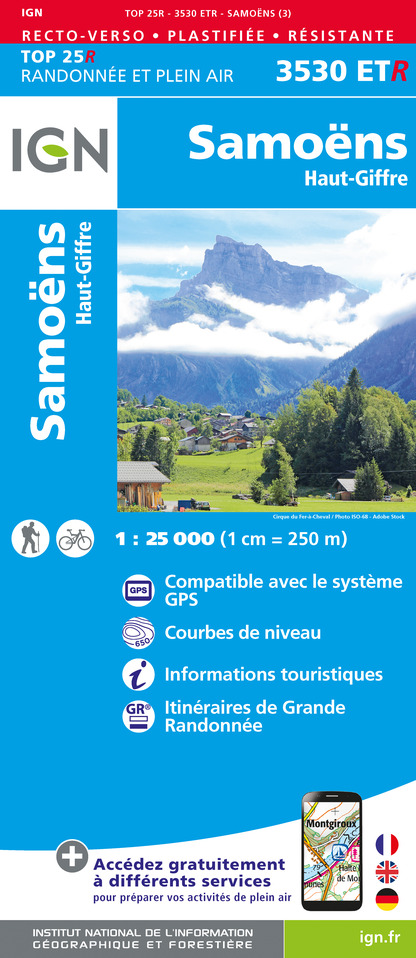
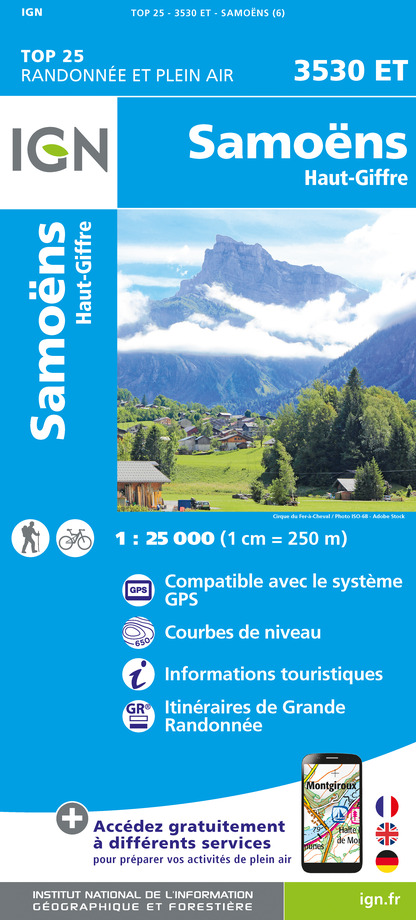

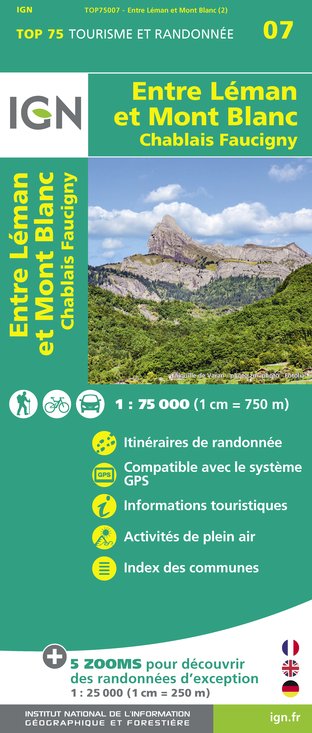
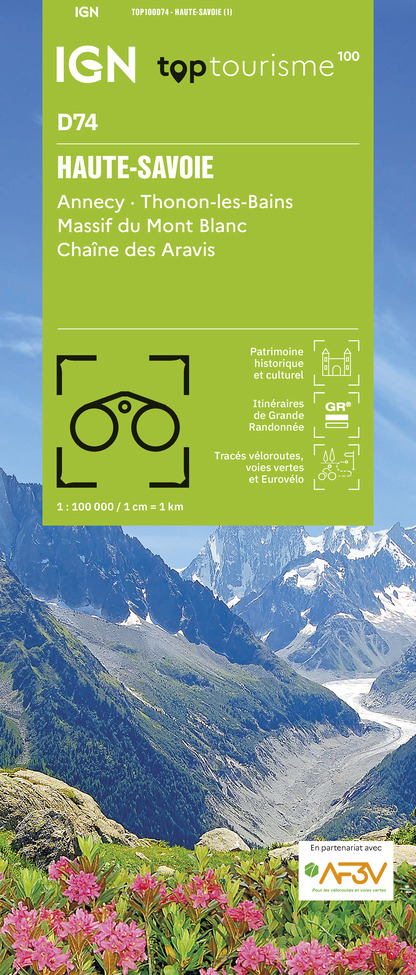

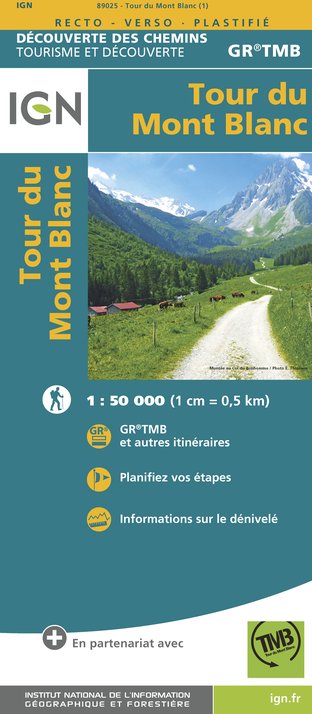
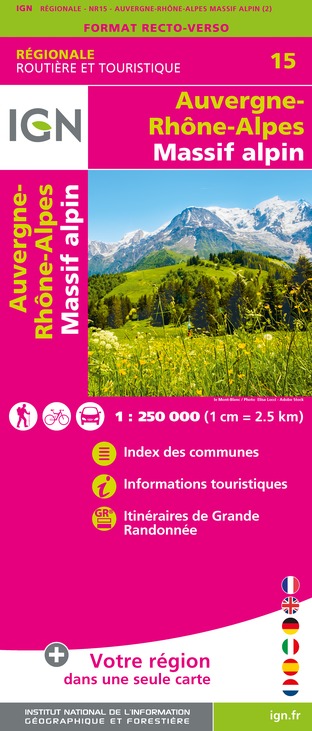

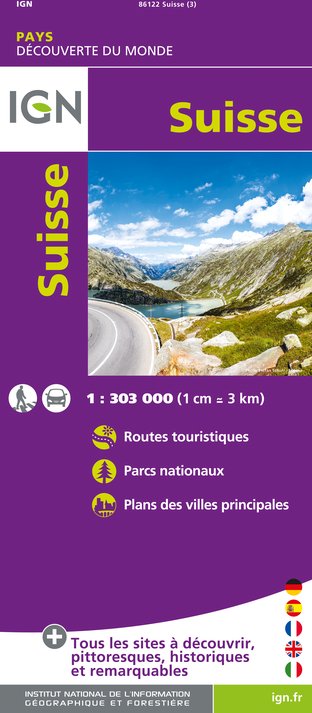

Description
This hike takes you to the summit of the Criou, the symbolic mountain towering over the town of Samoëns. There is a breathtaking panoramic view from the summit over the Giffre Valley, Mont Buet, Rousse des Chambres and Les Dents Blanches.
Time taken: 5 hours
Starting altitude: 717 m
Finishing altitude: 2,207 m
Particular difficulties: none up to the chalets at Le Criou. The ridge at the top of Aouille du Criou overlooks the very sharp drop of the north face of the Criou.
Itinerary for guidance only.
Technical Information
Altimetric profile
Starting point
Points of interest
Date and time
- From 15/06/2026 to 15/09/2026
Additional information
Updated by
Office de Tourisme de Samoëns - 17/10/2025
www.samoens.com
Report a problem
Environments
Mountain view
Mountain location
Panoramic view
Open period
From 15/06 to 15/09 daily.
Contact
Phone : 04 50 34 40 28
Email : infos@samoens.com
Website : http://www.valleeduhautgiffre.fr
Type of land
Stone
Ground
Not suitable for strollers
Topo guides and map references
Topo guides references :
Topo ‘50 randonnées en vallée du haut giffre’ Patrice Gain, on sale in the valley's shops.
Map references :
IGN TOP 25 - 3530 ET Samoëns map - on sale at the tourist office and in shops. Montagnes du Giffre hiking map - CCMG - on sale at the tourist office.
Animals
Yes. Pets are allowed on this hiking trail, but must be kept on a leash.
Data author


